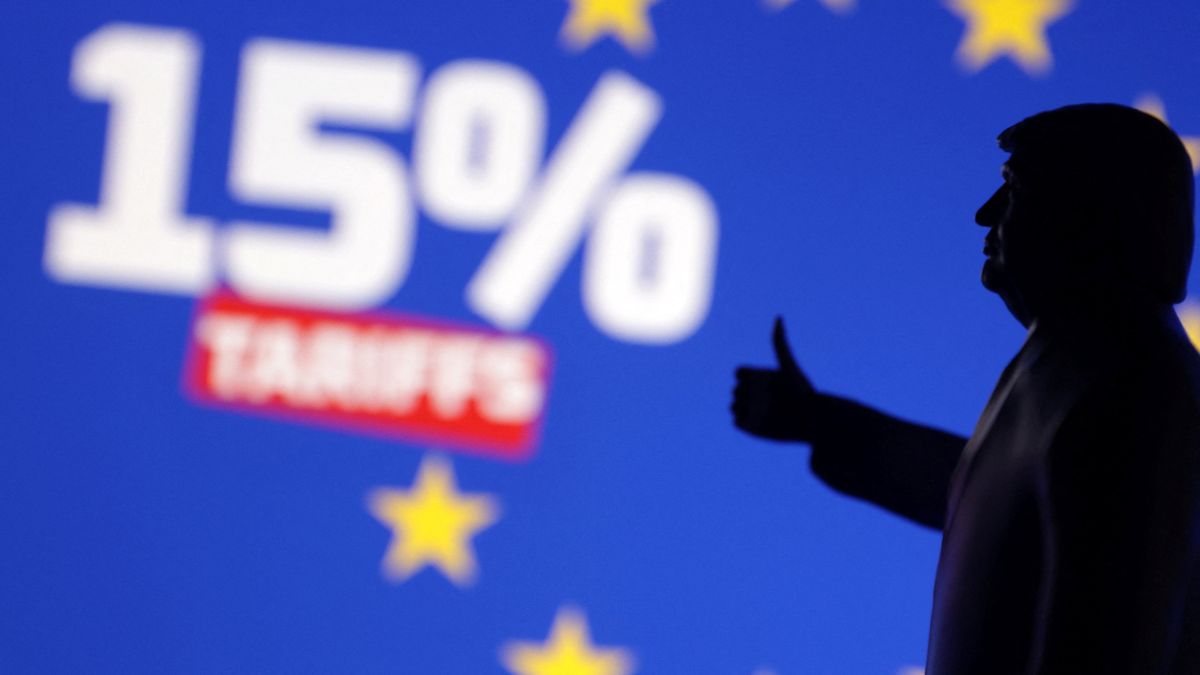US tariff talks with major trading partners have heated as countries scramble to head off sharp duty hikes before the looming August 1 deadline.
Many of the tariff increases stem from a package unveiled in April, which outlined that dozens of economies would face higher levies — rising above the existing 10 per cent rate — due to their trade surpluses with the United States.
The implementation date for these duties, delayed twice already, is now set for Friday, August 1.
In recent weeks, Washington has expanded the list of nations facing these tariffs while simultaneously striking deals with several others, including the European Union, UK, Vietnam, Japan, Indonesia and the Philippines.
The agreement reached with the European Union, announced Sunday, imposes a 15 per cent tariff on EU exports to the US — significantly lower than the 30 per cent US President Donald Trump had initially threatened.
Where do other US trade talks stand?
South Korea
Seoul is racing to conclude an accord with Washington, as Tokyo’s success in finalising its own deal has “amped up the pressure for South Korea,” a government source told AFP.
Local reports suggested Seoul may propose over $100 billion in investment as part of a broader deal, with likely involvement from major corporations like Samsung and Hyundai Motor.
The South Korean government has not confirmed those reports.
Officials have, however, detailed plans to boost cooperation in key sectors such as shipbuilding, semiconductors and batteries.
National Security Advisor Wi Sung-lak told reporters the two nations were in “the final and most crucial phase of negotiations” to prevent the 25 per cent tariff proposed by Trump.
India
Indian Commerce Minister Piyush Goyal told Bloomberg Television on Thursday that he remained confident his country could strike a deal with the United States to stave off Washington’s 26 per cent tariff threat.
Goyal revealed there were no “sticking points” in the US-India trade relationship and noted that immigration policies — including rules regarding H-1B visas for skilled workers — had not been part of the ongoing talks.
Despite his assurances, media outlets has reported that hopes for even an interim agreement before August 1 had begun to fade.
Taiwan
Taiwan’s Premier Cho Jung-tai said Thursday that negotiators were “working hard” amid concerns that a harsh tariff rate could damage the island’s economy.
Vice President Hsiao Bi-khim added that Taipei’s team was “working almost 24 hours a day to achieve trade balance and Taiwan’s industrial interests, and even to further deepen cooperation.”
Canada, Mexico
Though Canada and Mexico escaped Trump’s “reciprocal” tariffs announced in April, products from both nations entering the US are still subject to a separate 25 per cent levy unless they are covered under a North American trade pact.
That rate is poised to climb to 30 per cent for Mexican goods on August 1, while Canadian products are set to face a 35 per cent duty.
Mexican President Claudia Sheinbaum said her government was “doing everything” it could to stop the tariffs and expressed willingness to speak with Trump personally to secure a deal.
Trump told reporters on Friday that no agreement with Canada had been reached.
Brazil
Brazil is bracing for what could amount to a virtual trade embargo on its planes, grains and other exports if Trump’s threatened 50 per cent tariff is enacted on August 1.
Despite the fact that the US runs a trade surplus with Brazil — Latin America’s largest economy — the country was not initially expected to be targeted under Trump’s “reciprocal” tariff plan.
Trump has made no effort to conceal the political undertones of the move, pointing to a judicial “witch hunt” against his right-wing ally, former president Jair Bolsonaro, when announcing the tariff rate.
The overtly political backdrop makes a last-minute resolution appear increasingly unlikely.
With inputs from AFP


)

)
)
)
)
)
)
)
)



